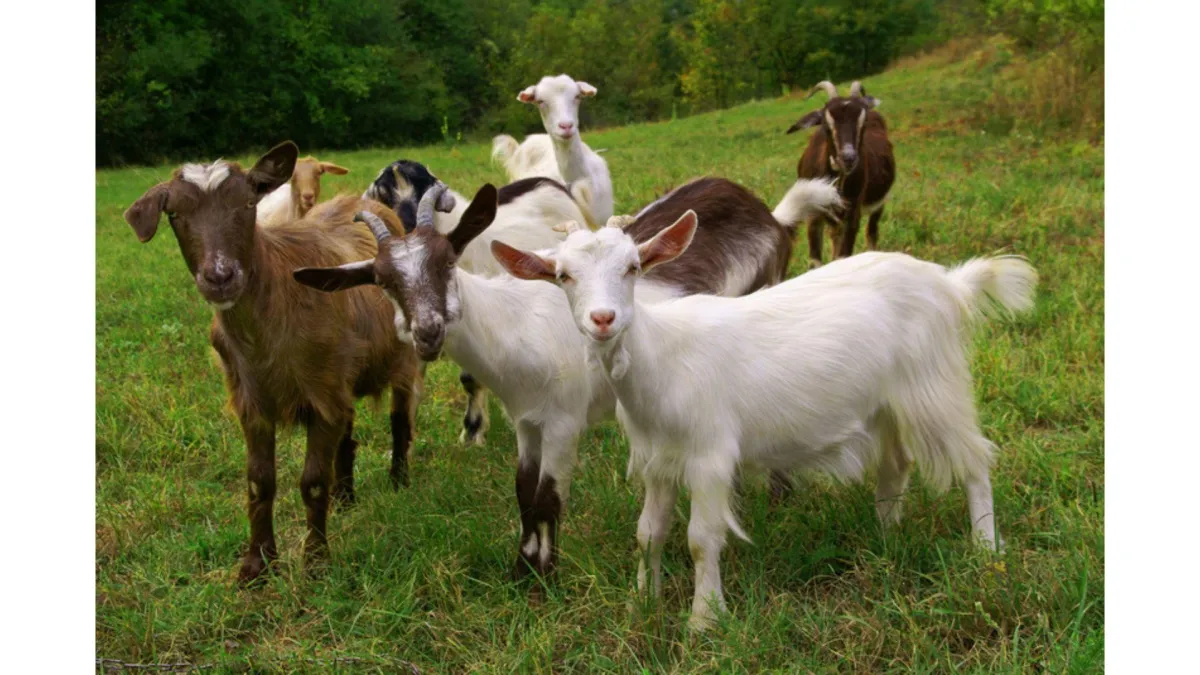
Copper Oxide for Goats
If you’re raising goats in New Zealand, chances are you’ve heard of Haemonchus contortus, better known as barber’s pole worm. It’s one of the most damaging internal parasites our goats can get, and left untreated, it causes anaemia and death.
Some farmers rely on drenches to keep worms under control, but resistance is on the rise, and drenching too often makes the problem worse in the long run. One helpful option, especially for Haemonchus, is copper oxide wire particles (COWPs). They’re not a silver bullet, but they can play an important role in managing worm burdens in goats.
What Are Copper Oxide Wire Particles?
Copper oxide wire particles come in the form of small capsules filled with very fine copper oxide rods. You give them using a long applicator (a bolus gun) that delivers the capsule directly into the rumen. From there, the copper slowly moves through the goat’s digestive system.
These aren’t mineral supplements or injectables. They’re designed to help reduce internal parasites, particularly barber’s pole worm.
How Do They Work?
Once released in the rumen, the copper oxide particles begin to travel through the digestive system. Their real action begins in the abomasum, the fourth stomach chamber. For copper to be released in a form the goat can absorb, the copper oxide needles need to become trapped in the abomasal folds and dissolve in the acidic environment there.
This is where pH becomes important. The more acidic the abomasum, the more effectively the copper oxide dissolves and releases its active copper. But if the abomasum has a heavy worm burden, particularly from Haemonchus, the acid production may drop. This raises the pH and slows down the dissolution of the copper oxide particles, which in turn reduces their effectiveness.
Despite this, studies show that the presence of copper oxide wires in the abomasum can have a direct anthelmintic effect, even in goats with high worm burdens. Treated animals often show a clear reduction in Haemonchus numbers, confirming that the copper oxide itself plays a significant role in worm control.
When used alongside conventional drenches, copper oxide also appears to improve their effectiveness. Many farmers find they can stretch out the time between drenches, helping reduce resistance pressure.
Are They Safe for Goats?
Yes. Goats tolerate copper much better than sheep. Copper oxide particles are widely used in goats and are considered safe when given at recommended doses.
This is especially helpful for goat owners dealing with persistent Haemonchus problems. It gives you another option beyond chemical drenches and helps to delay or avoid drench resistance.
How to Use Them
You can find copper oxide boluses in some vet clinics or online suppliers in New Zealand. No prescription is required. They’re usually sold in packs based on animal weight. Always follow the dosing instructions, and only give them to animals that actually need them.
Copper oxide works best as part of a broader parasite control plan. You should still monitor worm burdens (with faecal egg counts if possible) and drench strategically. Using refugia principles, rotating paddocks, and managing pasture height are still essential tools.
A Word of Caution for Mixed Flocks
Copper oxide is not safe for all animals. If you also run sheep, don’t assume they can have the same treatment. Sheep are far more sensitive to copper toxicity. Some breeds, like Texels, are particularly vulnerable. Never give copper oxide to sheep unless a vet has confirmed it’s safe for your specific flock.
Added Bonus
While copper oxide wire particles are primarily used to reduce parasite burdens, they can also help correct mild copper deficiency in goats. Copper is an essential trace mineral involved in immune function, bone development, and coat quality. Many New Zealand soils are low in copper, and goats have relatively high requirements, especially when grazing pastures with high molybdenum or iron, which can block copper absorption. Using copper oxide capsules can help maintain adequate copper status.
Having said that, they shouldn’t replace regular mineral supplementation if you know you have a diagnosed deficiency.
In Summary
Copper oxide wire particles are a useful, low-input option for controlling barber’s pole worm in goats. They’re safe, easy to use, and can help reduce the frequency of drenching when used correctly. If Haemonchus is a recurring issue on your block, it’s worth adding copper oxide to your toolkit.
For more in-depth advice check out our Keeping Goats course.

